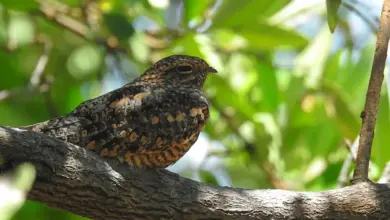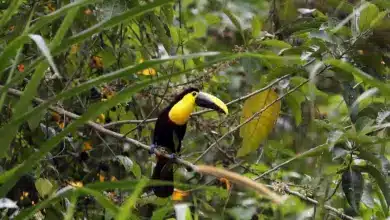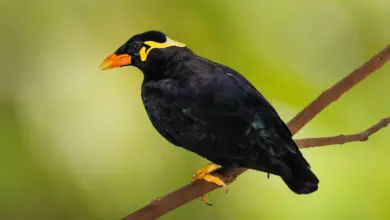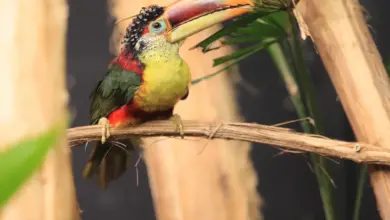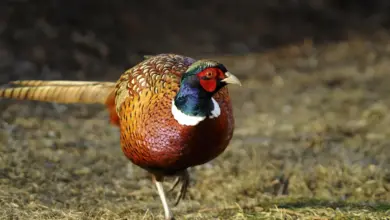These energetic little finches are always on the move and they need plenty of flight space. A good aviary dimension would be 8ft. long x 7ft. wide. However, an aviary can never be too big for these active finches.
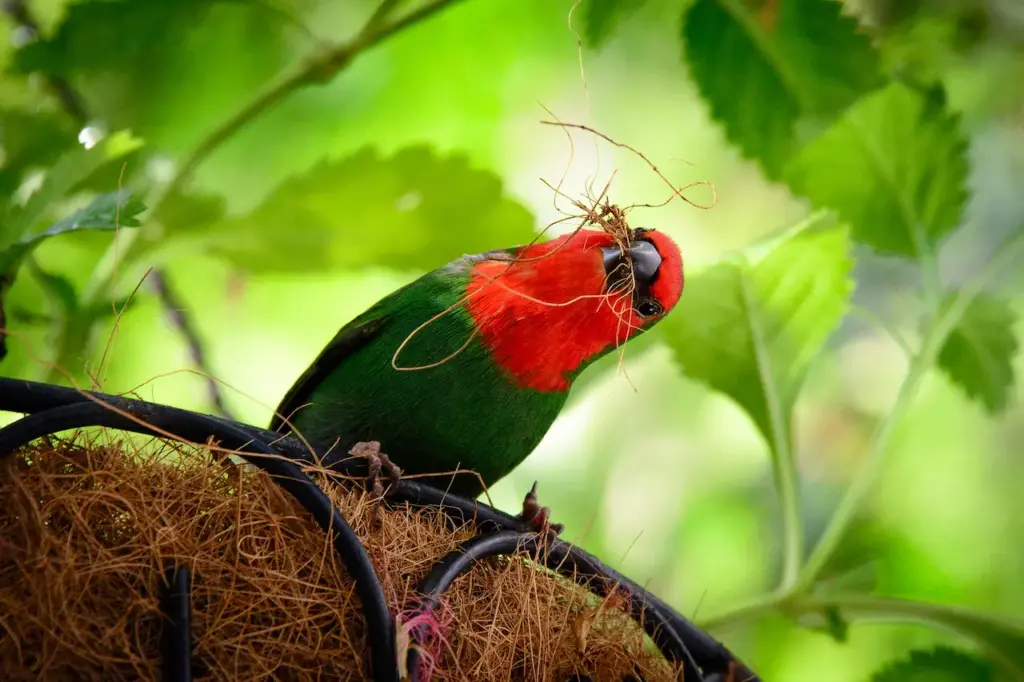
They are very gentle, which makes them an ideal choice for a mixed, large and well-planted aviary.
These tropical birds need to be protected from the elements. During the winter months, they need to have access to a heated shelter. The outside flight needs to have some draft protection.
One way would be to install slotted tracking on the sides of the aviary that will allow you to slide in either Perspex or Polycarb sheets during the winter months to keep out chilly winds and help keep some heat in.
Alternatively, such panels can be hung up along the sides – as long as they are firmly installed.
It is recommended to provide some cover within the aviary, which can be achieved by planting bushes suitable to your area, or alternatively putting up appropriate brush, which even when dry seems to provide cover adequate for their needs.
Over time the breed has adapted well to cooler climates. However, when purchasing birds from a breeder find out whether the breeder uses artificial heating sources. It takes time for birds to acclimatize to your local temperature and conditions.
The pair bonding of the adult birds is very strong, and in the aviary they are seldom seen apart. However, should either one die, a new partner should be introduced as soon as possible.
It is always advisable to have more hens in your colony than male birds, as it minimizes the potential conflict between males.
Having said all that, give them food, water, and nesting material, and they are likely to thrive and breed. If within your aviary, you have the facility to grow a seeding grass, then you are guaranteeing yourself a happy flock of parrot finches.
Nesting
Captive parrotfinches readily accept a wide range of nesting accommodations, from a standard “gouldian” or “budgerigar” nesting box, to a wicker or cane elongated tube.
The nest box should be situated as high in the aviary as possible, although they are willing to settle for a nest box at lower levels.
The hen seems to be the primary nest builder. Her preferred nesting material includes well-dried pampas grass, soft well-dried grass or teased strands of hessian, cut to manageable lengths.
Raising the Young
The hen usually lays between two and six eggs. Fertility rates may be influenced by diet climatic conditions or the individual pair.
Both parents share the incubation duties with great dedication. Incubation takes about thirteen to fourteen days.
Parrot Finches are usually tolerant to nest inspection. Should you find a chick or chicks with a skin color that is darker than you would normally expect, this may be indicative of dehydration.
One cause could be lack of green food or live food, such as mealworms or maggots. Lack of bathing opportunities may also create such problems.
The young usually fledge at 21 days. It is within this first week that the fledgling commences to take on the distinctive color of the breed.
These finches tend to be excellent parents – however, it is characteristic of this breed that parents may set up a new nest, and be sitting on a new brood prior to the fledging of the last.
Marker rings should be put on the fledglings when they are about 4 weeks old. Marker rings are an important tool for keeping track of them and for record keeping purposes.
Specific Health Concerns:
As these finches spend a lot of time foraging on the ground, breeders can expect to have to deal with a worm burden.
Some breeders suggest that these finches do not respond well to worming, while others suggest the following protocol: “Mix 80 mils of water, 1.5 mils of Avitrol Plus, 2.0 mils of strawberry topping.
The strawberry topping seems to make it more palatable without affecting the efficacy of product.
Use your own judgment on whether or how often to administer. In most cases, 3 or 4 times a year seems appropriate, particularly if you are feeding live food. “
Whether or not such a routine is advisable for your own birds should be discussed with your vet.
